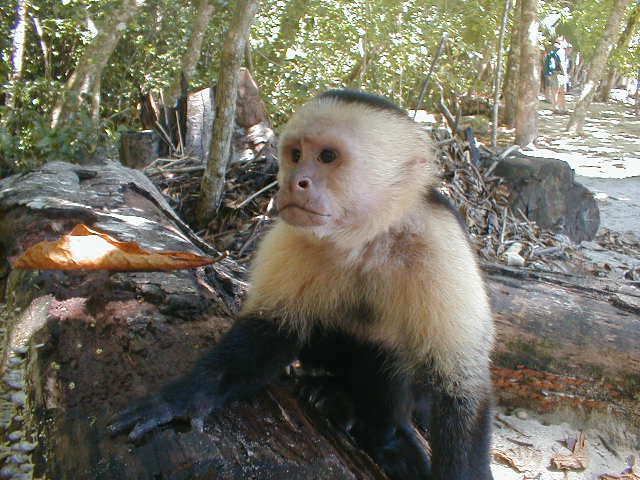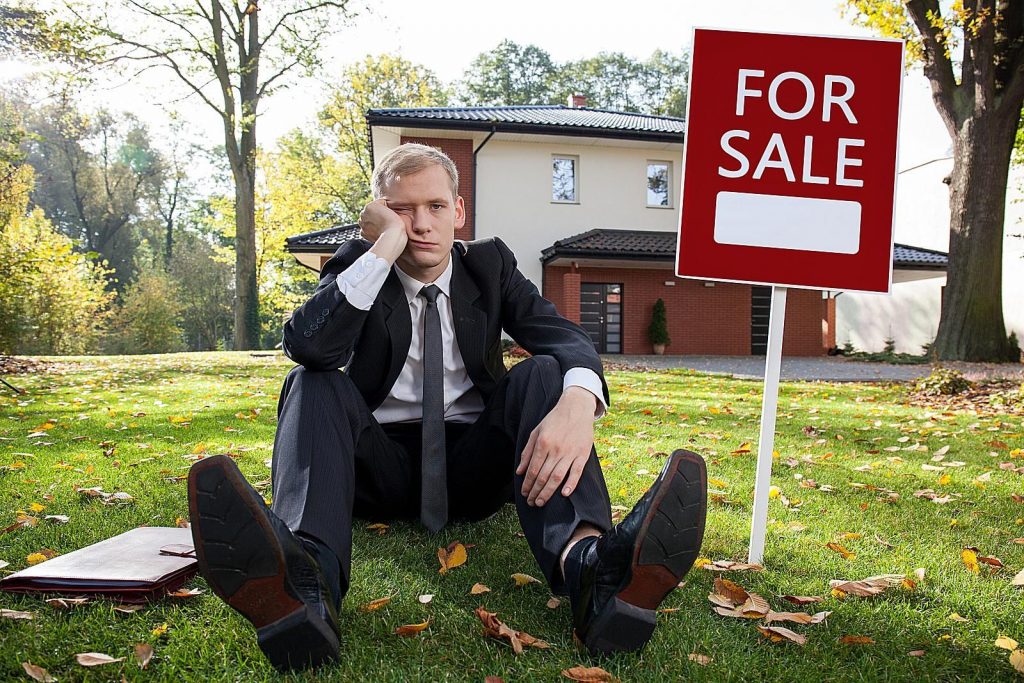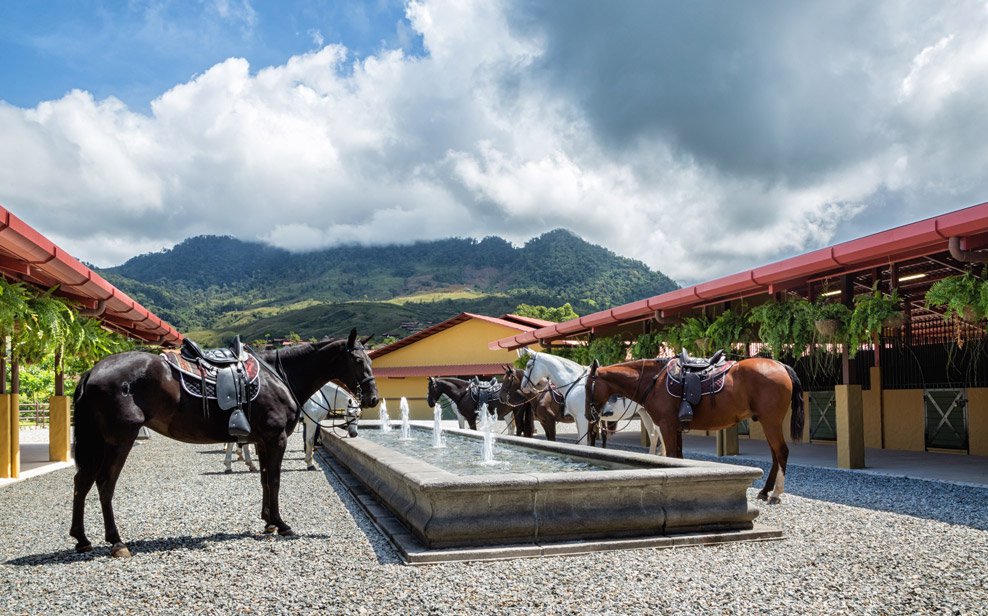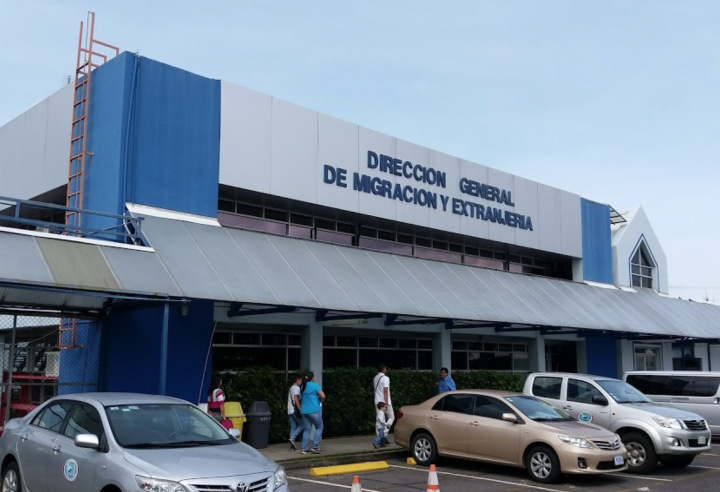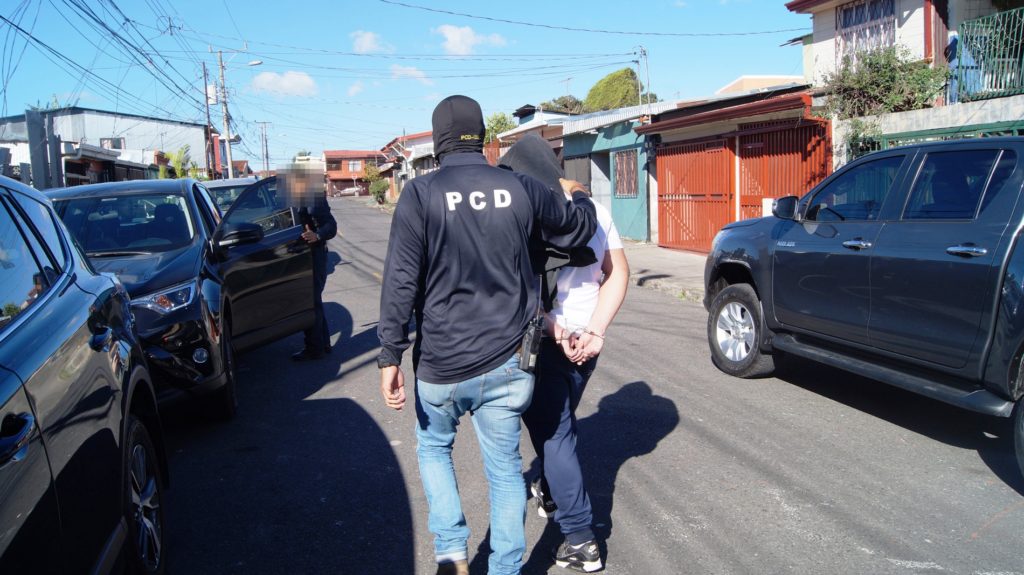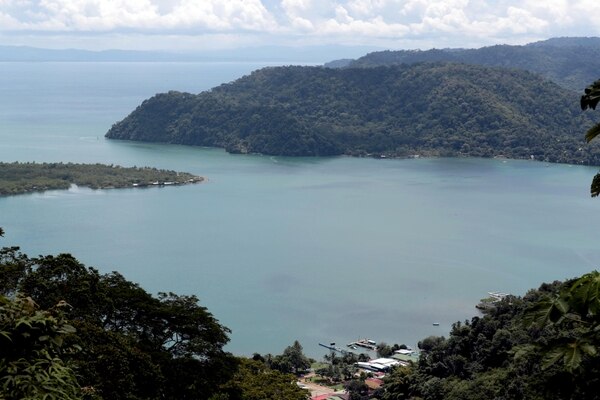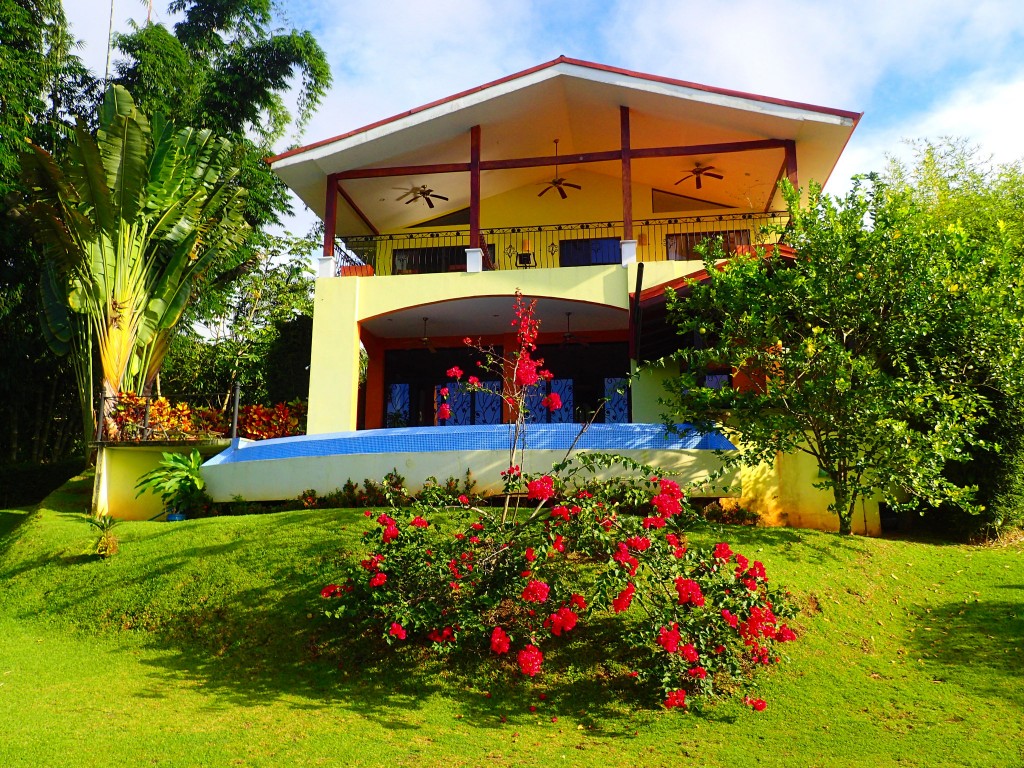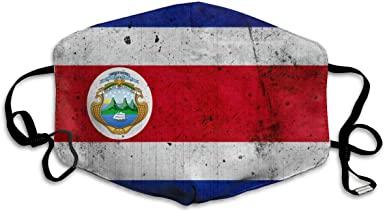
I recently posted in my other blog my opinion about why the U.S. is failing the COVID-19 test…
By the way, that blog is called Revolutionary Misfit. It’s far more political than this one, which is focused on Costa Rica expat living and real estate investment. Just wanted to give anyone contemplating a visit over there a fair warning…
How about Costa Rica?
I won’t post any statistics, since they change moment by moment. But Costa Rica has had more recoveries than new confirmed cases for 3 weeks running. If we can keep this trend up, we’ll have eradicated the virus from our country at a time when it’s still raging in others, especially in the U.S.
I say “we” since I am a newly minted tico, naturalized just last month! Yes, I still retain my U.S. citizenship and I am very concerned with what’s going on in my country of birth.
And with only 6 deaths, Costa Rica has one of the lowest fatality rates in the world, even lower than New Zealand, which seems to be getting all the credit as the world model for how to collectively deal with the coronavirus.
How is Costa Rica doing it?
To put it short, it’s the flip side of what’s going on in the U.S. You see, Costa Rica is choosing health over economics. That should come as no surprise. Most know that Costa Rica doesn’t even have a military, having long ago chosen to invest money that would otherwise go to the military into health and education.
Costa Rica’s decision to choose health over economics was made much to the chagrin of many entrepreneurial expats who are clamoring for the government to open the country up for business, like now!
I would venture a guess that the majority of those expats are from the U.S. and Canada.
Being in the real estate business, I’ll have to confess it was a let down to hear this week that the government extended the restriction on entry into the country by foreigners to June 15. And it could get extended again.
It’s hard for me to sell real estate when my buyer clients can’t visit the country to see the properties they keep asking about online. Online inquiries have been going through the roof. I’m talking record numbers…
I can only suppose it’s due to the fact that almost everyone in the U.S. and Canada is at home starting at computer screens and dreaming of a future in pura vida paradise.
The funny thing is, while I’ve been hearing and reading online a lot of complaining about the government not opening up from gringos, I haven’t been hearing or reading nearly as much of the same from the ticos…
After all, it’s their country and they have been negatively effected, far worse than the gringo expats, most of whom have significantly more resources to weather this storm. And many of whom have already received their $1,200 stimulus checks…
By the way, Costa Rica doesn’t have the ability to send the poorest and most affected anywhere near that kind of money…
And yet, the ticos seem content to stay at home and quarantine in a way that puts those in the U.S. to shame. Most in the U.S. seem already to be suffering from severe cabin fever as their materialistic pursuits have been put on hold for a couple months.
When I first arrived I was the typical hard-charging American capitalist, chasing a buck at the expense of my inner peace and well-being. However, it didn’t take a whole lot of exposure to these strange folks down here, who seemed to be much happier without, for me to gradually come to my senses.
Oh sure, I still grasp for the almighty dollar. After all, my family has to eat. But I’m not nearly as all about making a buck as I once was. And I believe that just might add a few years to my meager existence on this planet.
As the U.S. clamors to open up at a time when new cases and fatality rates are still rising, Costa Rica contemplates a more gradual and cautious approach. The tourism industry, which represents anywhere from 6 to 8% of the total economy, has been completely shut down by this. Many of the tourism assets around the country, specifically the boutique hotels, restaurants, bars, and other touristic attractions, are owned by gringos. I guess that’s why the largest outcry against gradualism is coming from them.
Nevertheless, Costa Rica seems reluctant to take chances with its national health, compared to Donald Trump and many governors throughout the states (especially the republican ones).
Of course, Costa Rica will never be the economic powerhouse that the U.S. is…
And you know what, I don’t think they care to be. They’d rather be healthy and happy…
I guess that really gets at the deeper meaning behind the national motto…pura vida.
The ticos get that in a much deeper way than North Americans seem to have the capacity to grasp.
After posting I came across this BBC interview with President Carlos Alvarado, which I believe bolsters (in spirit) a lot of what I am saying above…
